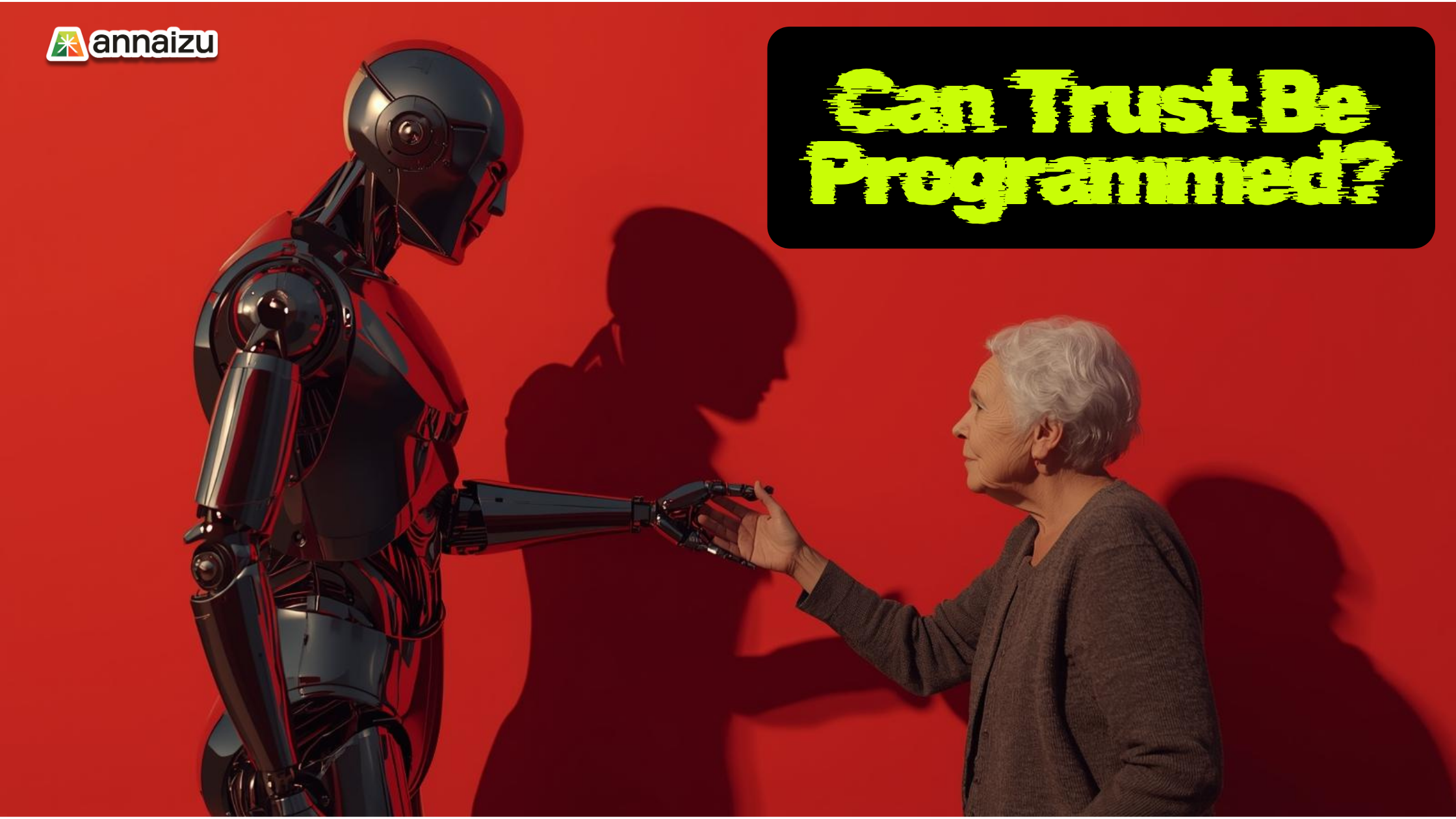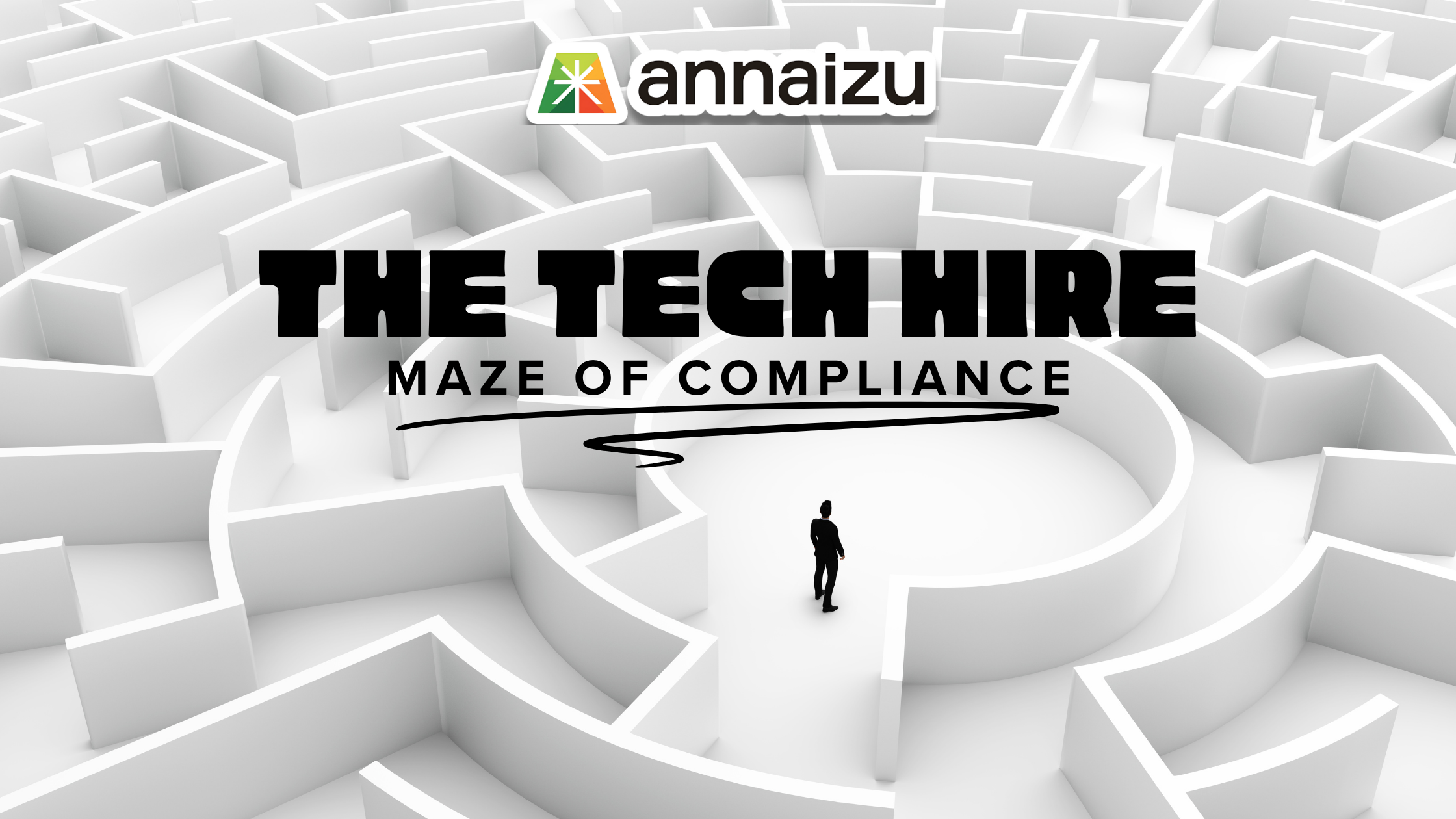Discover the importance of Annaizu Compliance Management in today's business landscape and how a Home Office compliance management platform can help your business streamline its compliance efforts, reduce risks, and stay ahead of regulations.
The Rise of Robo Care
Imagine this. It is the year 2050. You start your morning with a polite robot asking if you would like your tea at 84 or 85 degrees. It adjusts your blanket, reminds you to take your pills and even hums your favourite tune while syncing your health stats to the cloud.
Sounds convenient, right? But also a little unsettling.
That is the future we are moving toward, as artificial intelligence reshapes not just our workplaces but our homes. With ageing populations and not enough healthcare staff, robotic caregivers are being seen as the next big solution. But beneath all that innovation lies a question that feels very human. Can we really trust them?
The Trust Paradox
Robots do not get tired. They do not take sick days. They do not lose patience. They can lift, monitor and respond to emergencies faster than any human. But what they cannot truly replicate is empathy.
We love technology when it makes life easier, but we hesitate when it gets too close to replacing us. In care, that hesitation becomes deeply emotional. Can an algorithm actually care? Or does it just act like it does?
Human connection is built on emotions, small gestures and understanding tone or silence. Machines can follow instructions perfectly, but they cannot read the quiet moments between words. And that is what real care often depends on.
Caring for the Carers
As we imagine a future where robots take care of the elderly, we should also ask ourselves something important. Who is taking care of the people who care for us now?
Healthcare and support workers are often stretched thin. They handle long shifts, emotional pressure and endless paperwork, and they do it because they genuinely care. Yet the system rarely returns that care to them.
If we want a sustainable future for caregiving, technology should not just replace tasks. It should reduce the burden. That means using smart systems to simplify admin work, make compliance easy and give carers more time for what truly matters. Real human care.
Because before we trust robots to look after us, we should make sure we are looking after the humans who already do.
What Annaizu Believes
You might wonder what a compliance platform like annaizu has to do with robots and elderly care. Actually, quite a lot.
The same questions about trust and support apply everywhere that technology meets people. At Annaizu, we believe software should help humans, not replace them. That is why our platform automates the repetitive side of compliance, onboarding and record keeping, so teams can focus on work that needs empathy and decision making.
In short, we want technology to handle the process while people handle the purpose.
That philosophy runs through everything we build. Whether it is managing sponsor licence compliance or streamlining background verification, our goal is to make the system more human by letting humans do what they do best.
Balancing Code and Compassion
Technology can transform the care industry just as it is transforming business operations. But the key is balance. Artificial intelligence should be the assistant, not the authority. Data should empower, not dominate.
Machines can predict needs, but humans still understand emotions. The sweet spot lies where both meet. A world where technology supports compassion rather than replacing it.
So whether it is a healthcare bot checking your vitals or an automation platform managing compliance, remember that trust is not built through perfect code. It is built through consistency, transparency and human intention.
Final Thoughts
Maybe one day, your robot caregiver will make you laugh, brew your tea just right and remind you to call your grandkids. Until then, we should focus on creating systems that remember one simple truth.
Technology works best when it works for people, not instead of them.
Want to see how human first automation works in real life?






.svg)